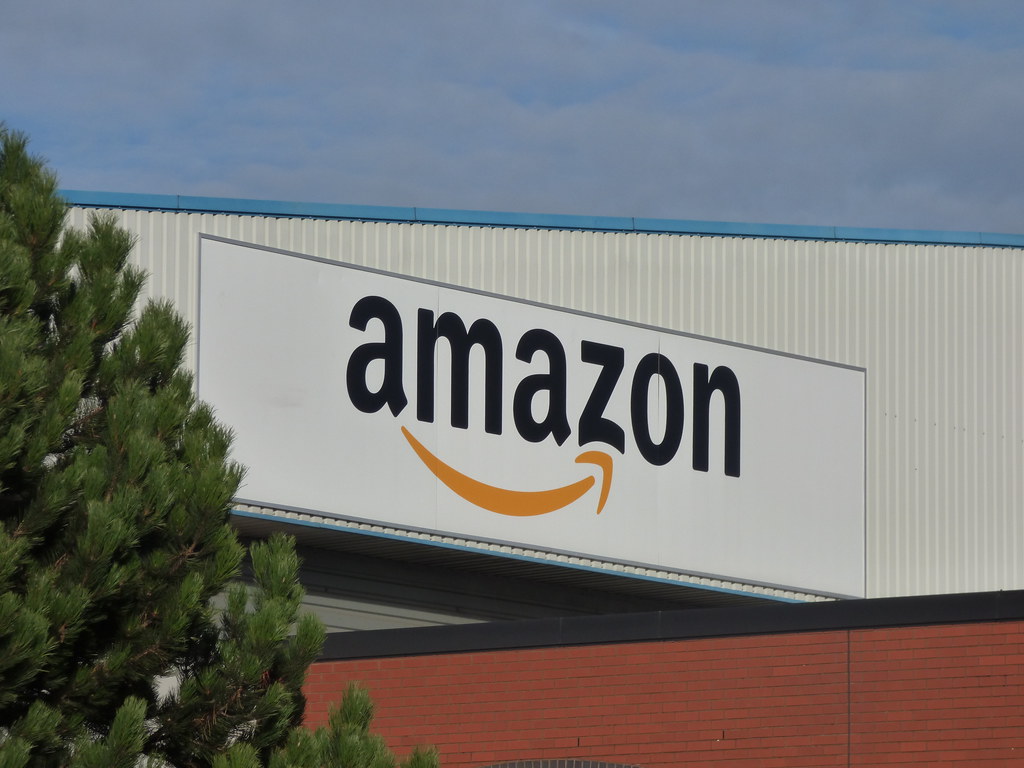After a 50% drop last year, Amazon’s stock looks like it’s about to go up again.
Will Amazon’s stock outperform the market in 2023? In this article we are going to discuss this.
Amazon (AMZN -0.61%) had one of its worst years ever last year when its stock lost half of its value. It’s on track to have the year with the slowest growth in sales ever. The company is letting go of 18,000 corporate employees and taking other steps to cut costs, such as closing dozens of warehouses and ending start-up businesses that aren’t making money, like Amazon Care.
When investors look to 2023, they hope for a comeback. Will they get one, though? Let’s find out where the business is going this year.
Amazon is in a state of change.
Amazon went through a lot of changes in 2022, and it looks like 2023 will be the same. The company, which is now run by CEO Andy Jassy, seems to know that it can only grow so much.

Amazon spent a lot of money on a wide range of projects for many years in order to gain market share and figure out how to make money later. In some cases, that plan has paid off very well.
Its cloud infrastructure business, Amazon Web Services, has turned into a money-making machine. People also think that advertising and its third-party marketplace are very profitable businesses. Amazon doesn’t show those as separate items.
Other than AWS, the business lost more than $8 billion in the first three quarters of 2022. This shows that too much growth during the pandemic and a number of businesses that lose money, like Alexa, which is said to have lost $10 billion in 2022, has burned through its profits.
Now that Amazon makes more than $500 billion a year in sales, it is much harder for the company to keep growing at its historical rate of 20% or more. Instead, Amazon will need to focus on making money instead of growing its sales. It has a number of levers it can pull to make more money, and layoffs and other efforts to cut costs should start to show results later this year.
The state of the market
If Amazon can beat the market this year depends not just on how well it does but also on how well the economy and stock market do. Amazon is a business with ups and downs.
On the e-commerce side, it sells mostly non-essential items through both its own and third-party channels. AWS is also aware of how much businesses spend. In the most recent earnings call, CFO Brian Olsavsky talked about headwinds. He said, “With the ongoing macroeconomic uncertainty, we’ve seen an increase in AWS customers who are focused on controlling costs.” Amazon also said it expected sales to grow by only 2% to 8% in the fourth quarter. This is an unusually slow rate of growth, and it shows that the company is also feeling these headwinds in its consumer business.
The stock sold off last year not only because the company didn’t do well but also because interest rates were going up and the market was worried about a coming recession. Amazon appears to fare well if the economy has a “soft landing,” in which the Federal Reserve may raise interest rates without pushing the country into a major recession. But if the economy slows down even more over the course of the year, Amazon stock could keep going down because its performance is likely to get worse. On the other hand, the Fed might change its aggressive strategy in that case, and things might not go as badly for Amazon.
What’s good?
No matter what happens, one thing is for sure: after falling 50% last year, Amazon stock is as cheap as it has been in years, based on metrics like the price-to-sales ratio (P/S). The price per share (P/S) of the stock is now right around 2. The above ways to cut costs should also help Amazon’s profit margins, so the company should keep growing even in a bad economy. This could give it more power as long as it keeps costs down.
Bill Miller, a well-known value investor whose portfolio has outperformed the S&P 500 every year for the past 14 years, recently predicted that Amazon’s free cash flow would reach $60 billion in just three years if AWS continues to grow quickly. People also think that the company will put less money into new infrastructure like warehouses and data centers.
From this point of view, no matter what happens this year, Amazon looks like a good long-term bet. It’s hard to tell how a stock will do in one year, but Amazon seems likely to do well over the next few years thanks to its low price, its competitive advantages in areas like AWS, and the boost it will get when the economy recovers.












